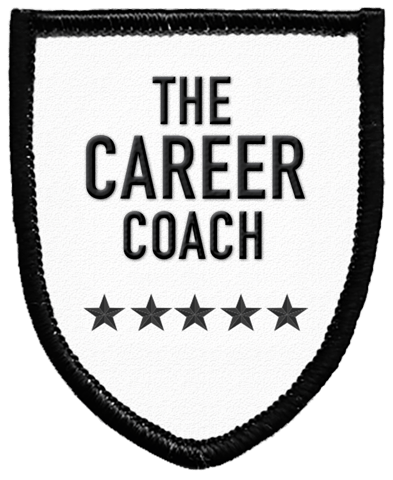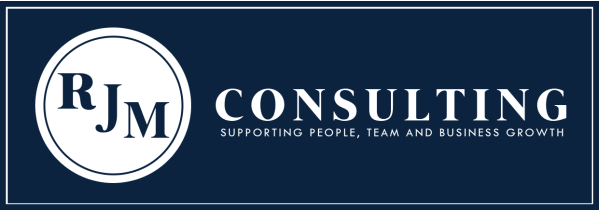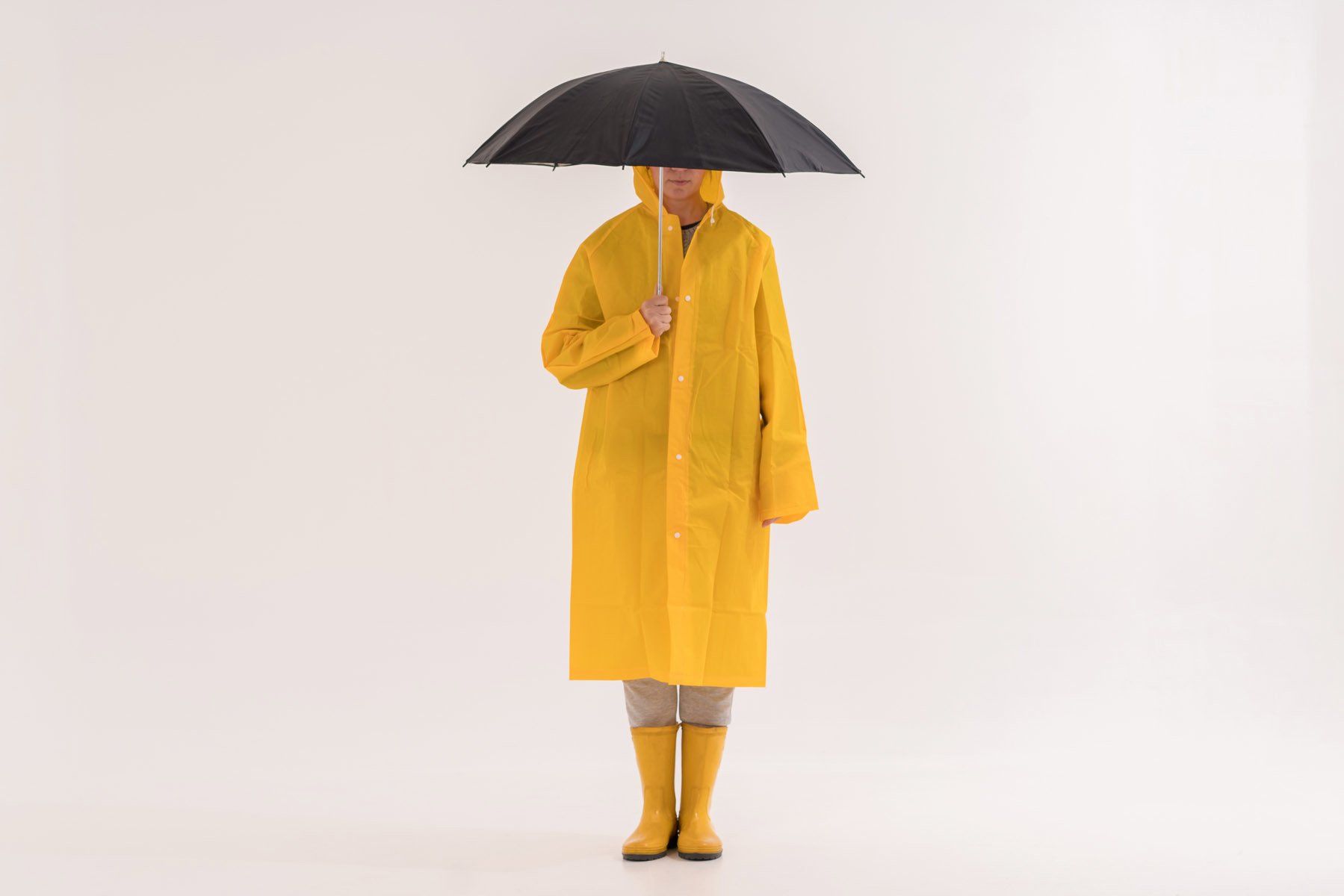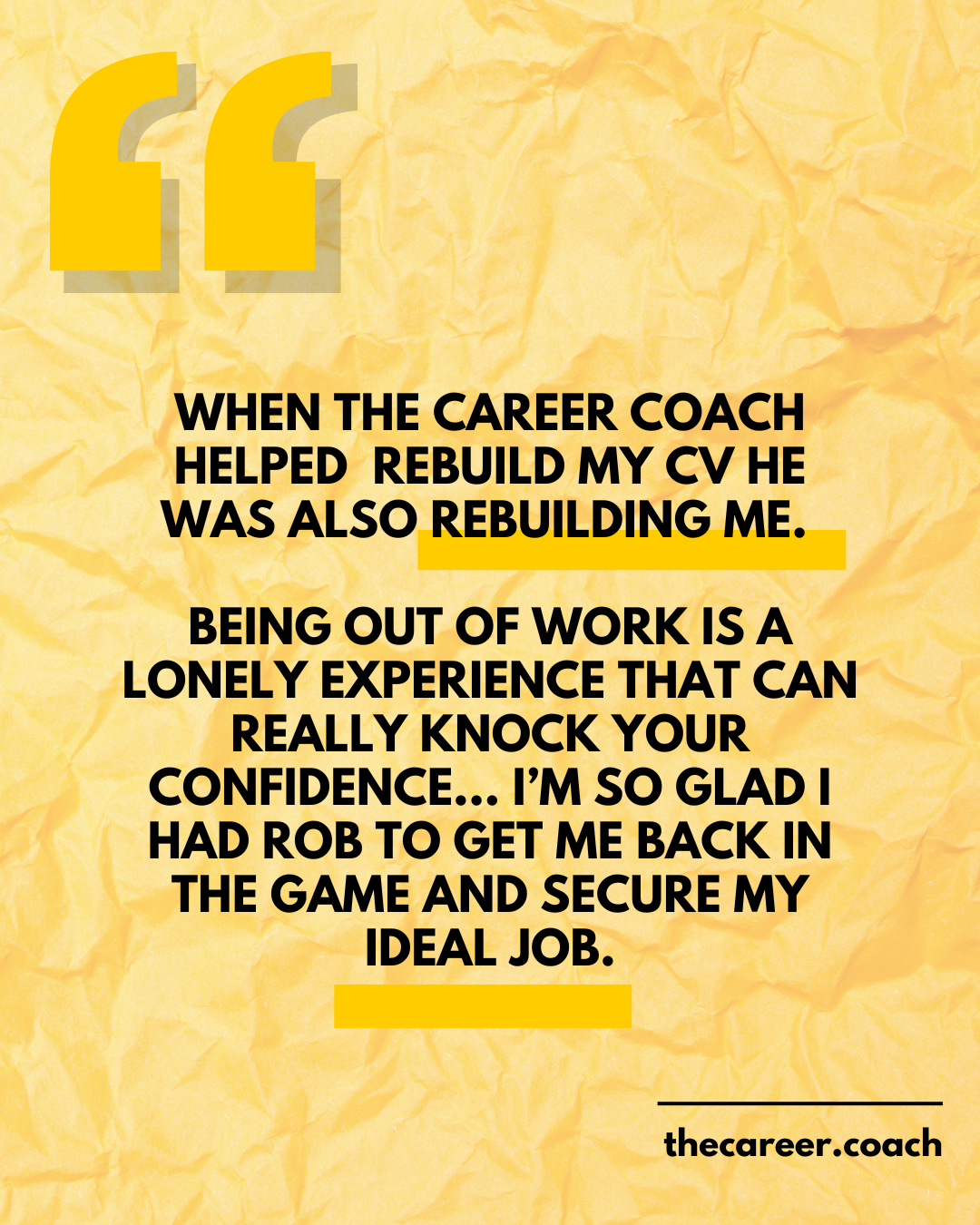Beyond Pros & Cons: Unlocking Better Decisions
Guest blog by Paula Hamilton Psychotherapist, Hypnotherapist and founder of a Discerning Life
Sometimes, even the simplest choices can feel overwhelming. Do you ‘trust your gut’? Make a pros and cons list that leaves you more confused than when you started? Or perhaps you default to what's easy or familiar? If you've ever felt that frustrating loop of indecision, you're not alone.
We all want to make good quality decisions – the kind that truly shape our lives for the better. As American author and coach Tony Robbins often says, ‘the quality of your decisions shapes your life’. And while I may not agree with him on everything, that sentiment is spot on. This blog is all about helping you cut through the confusion and make choices you can truly feel good about.
So, how do we move beyond the usual guesswork?
Enter Decision Frames, a powerful concept developed by Dr. Michael D. Yapko. The idea is simple yet profound: instead of relying on a single, often unreliable method, you filter your decision through multiple perspectives. If your choice holds up across several frames, you're likely on the path to a well-thought-out, high-quality decision.
Decision Frames - Your New Tools for Clarity
1. Gut Feeling (and Why It's Not Enough)
Ah, the classic ‘follow your heart.’ While intuition certainly has its place, relying solely on your emotions in the moment can be incredibly unreliable. Why? Because feelings are fickle. You might feel one way about something this morning and completely different by evening. Emotions are internal, and if you only listen to them, you risk missing vital external information – those crucial ‘red flags,’ for example. Think of your gut feeling as a suggestion, not the final word.
2. Expectation: Predicting Your Future
When you're about to make a decision, do you pause to consider what you genuinely expect to happen? This frame challenges you to think ahead. Unfortunately, in our increasingly ‘live in the moment’ culture, we're losing the crucial skill of foresight. A powerful exercise here is to make five predictions about the potential outcomes of your decision. Can you generate multiple, distinct possibilities? If so, you're engaging in the critical thinking necessary for sound decision-making.
3. The Path of Least Resistance: Familiarity and Ease
‘Insanity,’ as the saying goes, ‘is doing the same thing over and over and expecting a different result.’ This frame asks: are you making this decision simply because it's what you've always done, or because it's the easiest option? As humans, we crave stability and certainty, which often keeps us locked into old patterns. But real growth and new experiences rarely come from the familiar. This frame pushes you to ask if you're truly being open, curious, and willing to experiment.
4. The Shadow of Tradition: Modelling and What ‘Should Be’
This frame digs into the powerful influence of others – significant people in your life, family traditions, or societal norms. Think about it: if ‘marriage is for life’ is a deeply ingrained family belief, then leaving a toxic relationship might feel ‘wrong’ even if it's the healthiest choice. Or, if your family values academic success, choosing a creative path or travel over university might be met with disapproval. The key here is discrimination: which models and traditions genuinely align with your values and desired life, and which are outdated or simply not a fit for you?
5. The Lure of the New: Novelty
On the flip side of tradition is novelty – the desire to do things differently. This frame encourages open thinking and curiosity, vital ingredients for making decisions you can truly live with. However, this isn't an invitation to be reckless or rebellious just for the sake of it. Instead, it prompts you to consider fresh approaches and solutions that might not have been obvious otherwise.
6. Avoiding the Negative: Personally and Interpersonally
This frame asks you to consider the potential downsides and negative consequences of your decision, both for yourself and for those around you. It's about proactive risk assessment.
Will this choice lead to regret, conflict, or harm?
Are you trying to prevent a bad outcome?
For instance, choosing not to confront a difficult situation might avoid an uncomfortable conversation in the short term, but could lead to simmering resentment or missed opportunities for growth in the long run.
This frame encourages you to anticipate obstacles and mitigate risks before they arise.
7. Seeking the Positive: Personally and Interpersonally
The flip side of avoiding the negative is actively seeking out positive outcomes.
This frame encourages you to imagine the best-case scenarios and the benefits that could stem from your decision, for both you and your relationships.
Will this choice bring joy, growth, connection, or a sense of accomplishment?
Are you making this decision because you anticipate a beneficial return?
For example, saying ‘yes’ to a new project might involve extra work, but could open doors to new skills, exciting collaborations, and a sense of personal achievement.
It's about envisioning the desired future and aligning your choices with that vision.
8. Values, Morals, Ethics
This is a profound frame that asks: Does this decision align with your core values, morals, and ethical principles?
We all have a personal compass, even if we haven't explicitly articulated it. When a choice feels "off," it's often because it clashes with something deeply important to us.
For example, if honesty is a core value, then even a small lie, no matter how convenient, will likely lead to internal discomfort.
This frame pushes you to pause and consider if your decision reflects the kind of person you want to be, how you want to show up and the principles you stand for.
9. Religious/Spiritual: God's Will, The Universe
For many, a significant part of their decision-making process involves a religious or spiritual dimension.
This frame prompts you to consider if your choice aligns with what you believe to be ‘God's will,’ the flow of the universe, or a higher purpose. It might involve prayer, meditation, seeking guidance from sacred texts, or simply tuning into a sense of divine timing or universal flow.
This frame acknowledges that for some, the ultimate quality of a decision is tied to its spiritual congruence.
10. Immediate Gratification or Resolution (The "Flip a Coin" Mentality)
Sometimes, we just want the decision to be over. This frame highlights the urge for immediate gratification or quick resolution, even if it means resorting to simplistic methods like flipping a coin, making a snap judgment, or picking the first available option.
While sometimes a quick decision is necessary, relying on this frame too often can lead to superficial choices that don't serve your long-term well-being. It's about recognising when you're making a choice out of impatience rather than careful consideration.
11. Long-Term Outcomes
Finally, this crucial frame pulls you out of the immediate moment and asks you to project your decision into the future.
What will be the consequences of this choice in one month? One year? Five years? Ten years?
This is about foresight and understanding the ripple effects of your actions. A decision that offers short-term gain might lead to long-term pain, and vice versa.
This frame encourages strategic thinking, helping you make choices that contribute to your desired future, rather than just solving a present problem.
With these 11 frames, you now have a comprehensive toolkit for examining your choices from multiple angles. Take some time to reflect on these new perspectives.
Which ones do you typically overlook, and which might offer the most valuable insights for your future choices?
Author bio
Paula Hamilton Psychotherapist, Hypnotherapist and founder of a Discerning Life with over fifteen years’ experience in private practice. She has a Diploma in Clinical Hypnosis & Strategic Psychotherapy and a Diploma in Applied Clinical Hypnotherapy (Dip.C.H.t.) and has recently completed the 60 hour Comprehensive Clinical Hypnosis & Strategic Psychotherapy Course with world renowned Hypnosis Expert and Clinical Psychologist Dr Michael Yapko Ph.D.. She is a Senior Practitioner with the General Hypnotherapy Register (G.H.R. Reg.) and holds the Senior Qualification in Hypnotherapy Practice (S.Q.H.P.). Paula is also an Acknowledged Supervisor with the General Hypnotherapy Register, providing one to one supervision for other therapists. She is registered with the Complementary & Natural Healthcare Council (C.N.H.C.) for Hypnotherapy.











